-
 bitcoin
bitcoin $122659.385674 USD
0.52% -
 ethereum
ethereum $4484.113342 USD
-0.09% -
 bnb
bnb $1304.229256 USD
-0.85% -
 tether
tether $1.000204 USD
-0.03% -
 xrp
xrp $2.860636 USD
-0.51% -
 solana
solana $227.288799 USD
2.36% -
 usd-coin
usd-coin $0.999805 USD
0.01% -
 dogecoin
dogecoin $0.252837 USD
1.18% -
 tron
tron $0.341149 USD
1.12% -
 cardano
cardano $0.830507 USD
0.33% -
 hyperliquid
hyperliquid $45.792319 USD
0.04% -
 chainlink
chainlink $22.422164 USD
1.55% -
 ethena-usde
ethena-usde $1.000283 USD
0.01% -
 sui
sui $3.511389 USD
0.83% -
 stellar
stellar $0.385276 USD
-0.44%
risks associated with blockchain technology
Despite its transformative potential, blockchain technology presents risks such as price volatility, cybersecurity threats, and scalability challenges, making informed decision-making crucial for investors and users.
Oct 22, 2024 at 05:41 am

Understanding the Risks and Potential Rewards of Blockchain Technology
Blockchain technology has emerged as a transformative force, revolutionizing various industries with its decentralization and security features. However, this nascent technology comes with inherent risks that investors and users should be aware of before engaging with it. This article explores both the potential rewards and risks associated with blockchain technology.
Potential Rewards of Blockchain Technology
- Decentralization: Blockchain distributes data and applications across a vast network of computers, eliminating centralized control and reducing the risk of a single point of failure. This decentralization makes blockchain systems more resilient and fault-tolerant.
- Security: Blockchain utilizes sophisticated cryptographic algorithms to secure data and transactions, providing a high level of protection against cyberattacks and data breaches. Each block in a blockchain contains a unique hash, linking it to the previous block and making it virtually impossible to alter or manipulate data.
- Transparency: All transactions on a blockchain are recorded in a public ledger, providing a transparent and auditable record of activities. This transparency enhances accountability and reduces the potential for fraud and corruption.
- Efficiency: Blockchain streamlines processes by automating tasks and eliminating intermediaries, reducing time and costs associated with traditional systems. For example, blockchain can expedite cross-border payments and simplify supply chain management.
- Immutability: Once data is stored on a blockchain, it becomes almost impossible to alter or delete it retroactively. This makes blockchain an ideal solution for storing and managing important records or contracts.
Risks Associated with Blockchain Technology
- Volatility: The cryptocurrencies associated with blockchain technology are known for their extreme price volatility, which can result in significant losses for investors. The value of these assets can fluctuate rapidly based on market sentiment and speculation.
- Cybersecurity Threats: While blockchain is inherently secure, it is not immune to cybersecurity threats. Hackers may attempt to exploit vulnerabilities in blockchain protocols, smart contracts, or cryptocurrency exchanges.
- Scalability Challenges: As blockchain adoption increases, the scalability of the technology may become a concern. Some blockchains may struggle to handle a high volume of transactions, leading to slow processing times and higher transaction fees.
- Regulatory Uncertainty: The regulatory landscape for blockchain technology is still evolving in many jurisdictions. This uncertainty can create challenges for businesses and users who may not know how to comply with regulations or how the technology may be affected in the future.
- Environmental Concerns: Some blockchain protocols, such as Proof-of-Work, require significant computing power and consume a large amount of energy. This has raised environmental concerns, especially with the growing use of blockchain technology.
Conclusion
Blockchain technology offers tremendous potential for innovation and disruption across industries. However, it is crucial to understand the associated risks before investing in or adopting this technology. By carefully weighing the potential rewards and risks, investors and users can make informed decisions and minimize the potential downsides while maximizing the benefits of blockchain technology.
Disclaimer:info@kdj.com
The information provided is not trading advice. kdj.com does not assume any responsibility for any investments made based on the information provided in this article. Cryptocurrencies are highly volatile and it is highly recommended that you invest with caution after thorough research!
If you believe that the content used on this website infringes your copyright, please contact us immediately (info@kdj.com) and we will delete it promptly.
- Ripple's Stablecoin Expansion: Bahrain, Web3, and RLUSD's Big Push
- 2025-10-10 06:25:13
- Memecoin Trader's Success: Riding the Crypto Wave Like a Pro
- 2025-10-10 06:25:13
- Binance Coin (BNB) Investment: Riding the 2025 Crypto Wave
- 2025-10-10 06:30:01
- Coin, 2025, Bull Run: What's the Hype?
- 2025-10-10 04:45:14
- Bluey Ballot Bonanza: Real Life Coin Tips from Down Under!
- 2025-10-10 05:05:13
- Toncoin (TON) Price Analysis: Crash or Correction? What's a New Yorker to Do?
- 2025-10-10 04:45:14
Related knowledge

What is a token economy?
Sep 20,2025 at 12:18am
Understanding the Foundations of a Token Economy1. A token economy in the context of cryptocurrency refers to a system where digital tokens are used a...
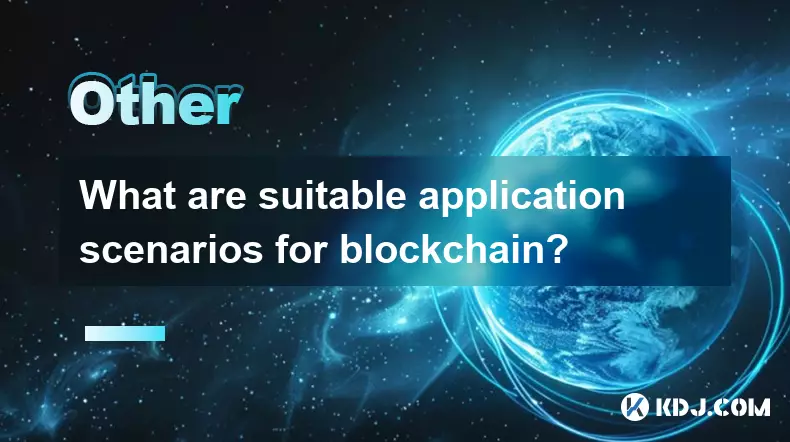
What are suitable application scenarios for blockchain?
Sep 20,2025 at 03:19am
Decentralized Finance (DeFi) Platforms1. Blockchain enables the creation of financial services without centralized intermediaries, allowing users to l...
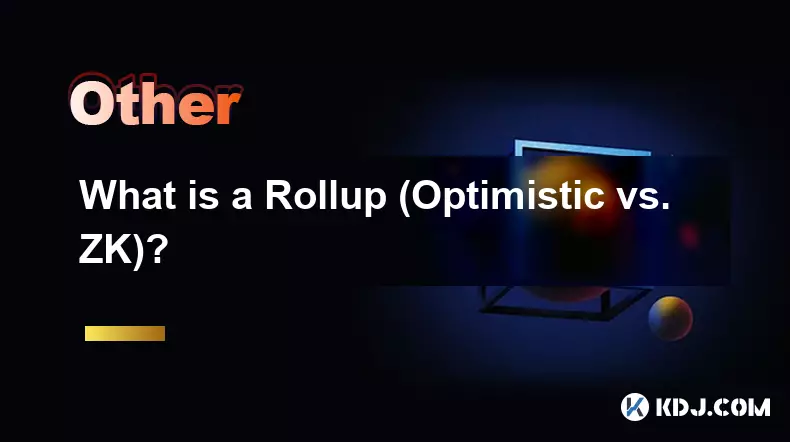
What is a Rollup (Optimistic vs. ZK)?
Sep 22,2025 at 03:00pm
Understanding Rollups in Blockchain Technology1. Rollups are layer-2 scaling solutions designed to increase transaction throughput on blockchains like...
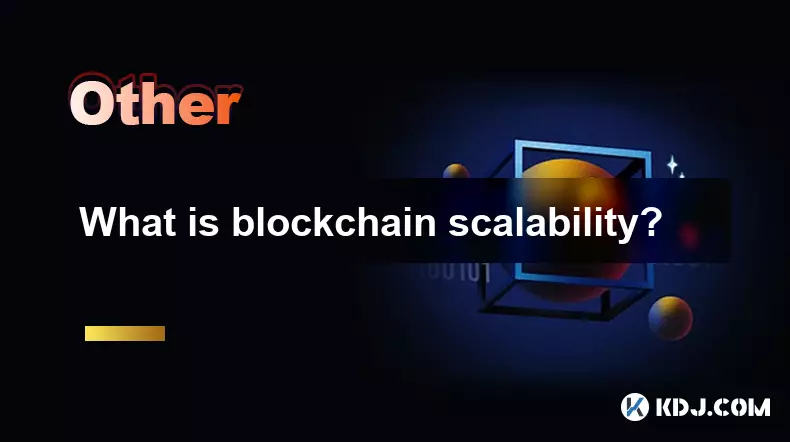
What is blockchain scalability?
Sep 19,2025 at 06:18am
Understanding Blockchain Scalability1. Blockchain scalability refers to a network's ability to handle an increasing number of transactions without com...
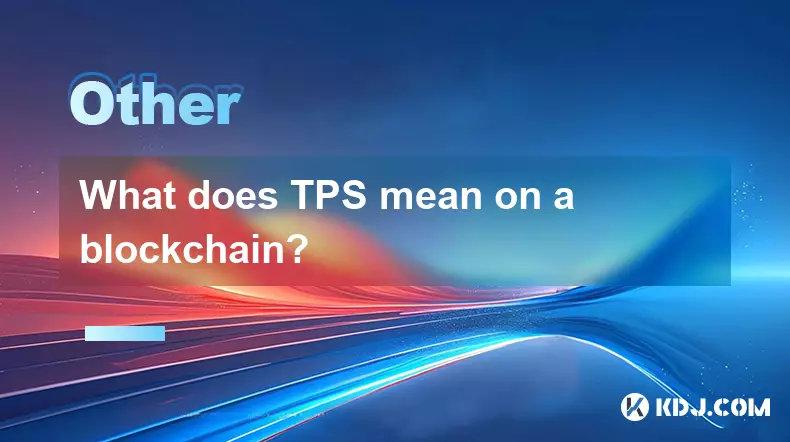
What does TPS mean on a blockchain?
Sep 21,2025 at 09:54am
Understanding TPS in Blockchain Technology1. TPS stands for Transactions Per Second, a metric used to measure the number of transactions a blockchain ...
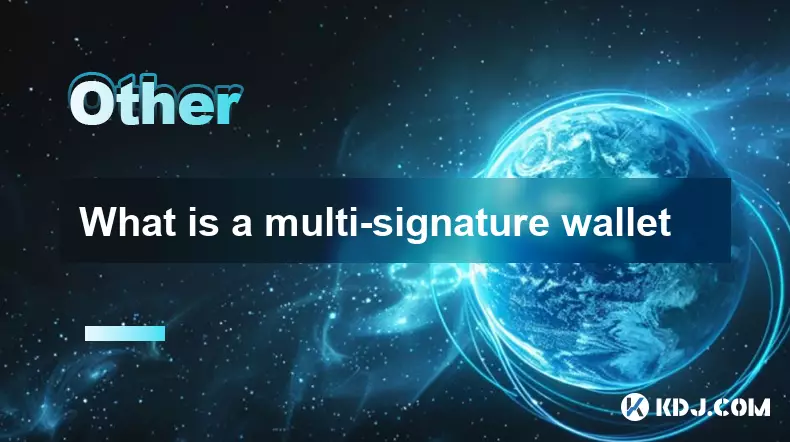
What is a multi-signature wallet
Sep 20,2025 at 07:00am
Understanding Multi-Signature Wallets in Cryptocurrency1. A multi-signature wallet, often referred to as a multisig wallet, is a type of cryptocurrenc...

What is a token economy?
Sep 20,2025 at 12:18am
Understanding the Foundations of a Token Economy1. A token economy in the context of cryptocurrency refers to a system where digital tokens are used a...

What are suitable application scenarios for blockchain?
Sep 20,2025 at 03:19am
Decentralized Finance (DeFi) Platforms1. Blockchain enables the creation of financial services without centralized intermediaries, allowing users to l...

What is a Rollup (Optimistic vs. ZK)?
Sep 22,2025 at 03:00pm
Understanding Rollups in Blockchain Technology1. Rollups are layer-2 scaling solutions designed to increase transaction throughput on blockchains like...

What is blockchain scalability?
Sep 19,2025 at 06:18am
Understanding Blockchain Scalability1. Blockchain scalability refers to a network's ability to handle an increasing number of transactions without com...

What does TPS mean on a blockchain?
Sep 21,2025 at 09:54am
Understanding TPS in Blockchain Technology1. TPS stands for Transactions Per Second, a metric used to measure the number of transactions a blockchain ...

What is a multi-signature wallet
Sep 20,2025 at 07:00am
Understanding Multi-Signature Wallets in Cryptocurrency1. A multi-signature wallet, often referred to as a multisig wallet, is a type of cryptocurrenc...
See all articles





















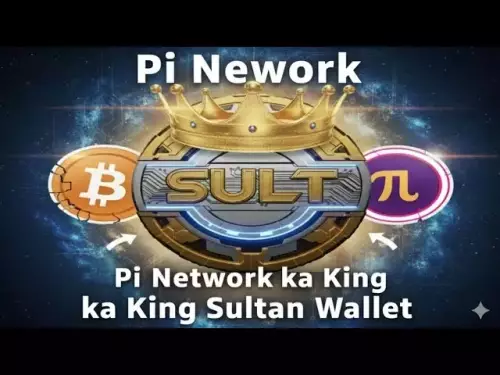




![🚨IS VECHAIN (VET) A DEAD COIN ?? PRICE ANALYSIS [GET READY NOW] 🚨IS VECHAIN (VET) A DEAD COIN ?? PRICE ANALYSIS [GET READY NOW]](/uploads/2025/10/09/cryptocurrencies-news/videos/vechain-vet-dead-coin-price-analysis-ready/68e7b200b067b_image_500_375.webp)















































